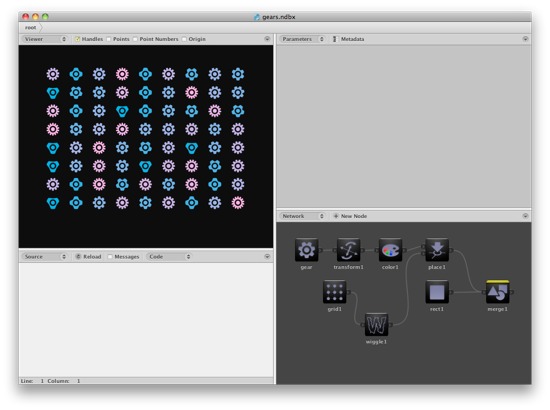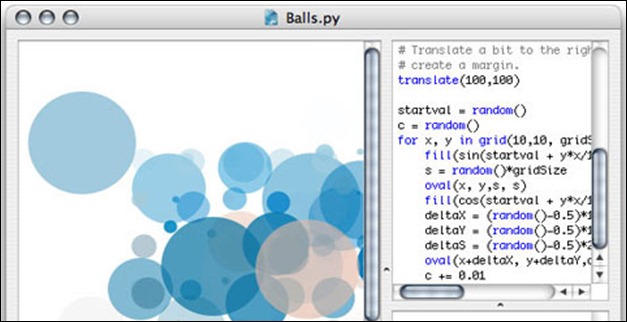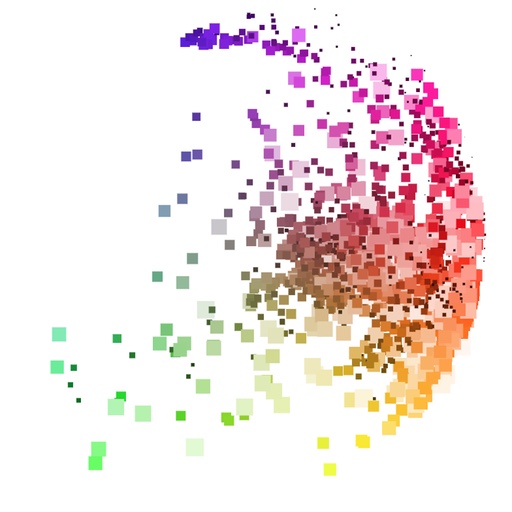
It is the purpose of this article to give an updated overview and list of such applications and publications. In the past two decades a variety of papers, books and book chapters, theses and patents were published using this transformation, in the fields of mathematics, physics, biology, technology and education. Its origin is in the description of botanical shapes, but it is a fundamental equation that finds applications in many directions. The former was used in the article, as generalization of Lamé curves, also known as supercircles and superellipses. In the literature one finds names like Superformula, Gielis Superformula or Gielis curves, surfaces and (sub-) manifolds and Gielis transformations. The paper A generic geometric transformation that unifies a wide range of natural and abstract shapes introduced the Superformula, a generalization of circles and the Pythagorean Theorem, based on work of the French mathematician Gabriel Lamé (1795-1860). We also found that the proposed VR widgets provide a quick overview of the main supershapes, and users can easily reach the desired solution without having to perform fine-grain handle manipulations. We conducted a user study (N = 18) and found that VR shape widgets are effective, more efficient, and natural than conventional VR 1-D sliders while also usable for users without prior knowledge on supershapes. Our designs take leverage on thumbnails, mini-maps, haptic feedback and spatial interaction, while supporting 1-D, 2-D and 3-D supershape parameter spaces. In this work, we propose VR shape widgets that allow users to probe and select supershapes from a multitude of solutions. VR appears as a promising setting for Parametric Design with supershapes since it empowers users with more natural visual inspection and shape browsing techniques, with multiple solutions being displayed at once and the possibility to design more interest-* ing forms of slider interaction.

Some of the formula's parameters are non-linear in nature, making them particularly difficult to grasp with conventional 1-D sliders alone. However, users are left to probe such a rich yet dense collection of supershapes using a set of independent 1-D sliders.

You can watch this online event from 13.09.Supershapes are used in Parametric Design to model, literally, thousands of natural and man-made shapes with a single 6 parameter formula. He holds a PhD researching the link between computers and art, and the impact of procedural graphics His projects range from the obscure and abstract to straight up techno.įrederik De Bleser is the co-founder of EMRG and the author of NodeBox. Musician/producer/researcher Andrew Claes is best known as EWI-player in renowned Belgian band STUFF.

Next he got involved in the live coding scene.
#Emrg nodebox software#
Can there be a real live discussion between man and machine? How do the artists see the future off these technologies? What can art organisations do in developing these kind of new projects?ĭebate attendees (TBC): Andrew Claes, Drago Sondervan and Frederik De Bleser moderated by Camilla Colombo (curator at Ohme)ĭago Sondervan started out as a Jazz-drummer in the 80’s, but soon got hooked on making electronic music with generative software on Atari computers in the 90’s.

In addition, they will debate about the importance and challenges of using AI modules in live music performances, more specifically in live impro-settings. Armed with an arsenal of specifically developed tools and applications, the duo will train a virtual agent towards musical autonomy and realtime interaction, becoming a trio along the way.Īfter the performance there will be a panel discussion with the artists and some guests where amongst other things the developing process of the new project will be discussed. Live coding expert and drummer Dago Sondervan and multi-instrumentalist Andrew Claes team up for an experimental exploration of artificial intelligence in music performance.


 0 kommentar(er)
0 kommentar(er)
